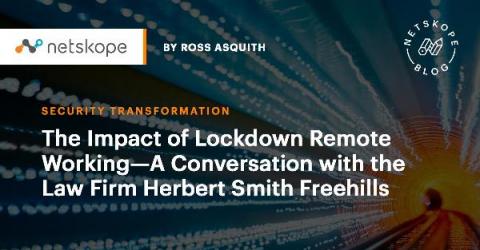How to reduce your attack surface
In a fast-paced tech environment, the potential attack surface increases with each release. Tech companies can no longer only safeguard themselves with a firewall alone and network monitoring. Web applications are the new perimeter that security warriors are tasked with protecting as they can introduce new entry points into the company infrastructure. We look at how you can reduce attack surfaces.










